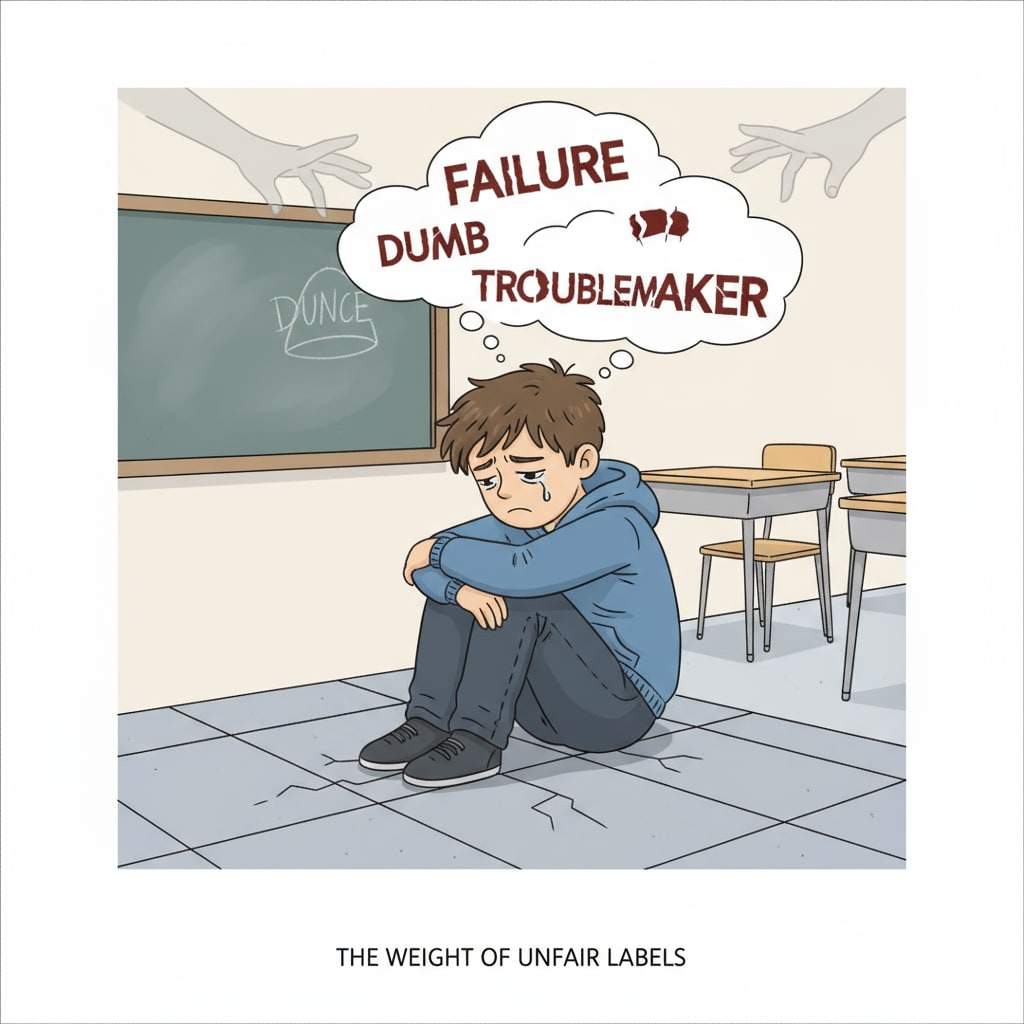School injustice, teacher bias, and student stigmatization are issues that have long plagued the K12 education system. These problems can have a profound and lasting impact on students’ lives, hindering their academic progress and emotional well-being. In this article, we will explore the nature of these issues and their consequences, and discuss ways to address them.

The Origins of Unfair Labels
Teacher bias often stems from a variety of factors. Sometimes, it’s due to preconceived notions about certain students based on their appearance, background, or past behavior. For example, a teacher might assume that a student from a disadvantaged family will have lower academic potential. According to Wikipedia’s page on Educational Inequality, such biases can lead to the unfair labeling of students as “problematic” or “slow learners.” This initial label can then set in motion a cycle of negative treatment.
The Process of Label固化
Once a student is labeled, it becomes increasingly difficult for them to break free from this stigma. Teachers may unconsciously treat these students differently, providing less attention, fewer opportunities, and harsher criticism. As a result, the students may start to believe the negative labels themselves, leading to a decrease in self-esteem and motivation. This self-fulfilling prophecy is a common consequence of student stigmatization. Britannica’s entry on Self-Fulfilling Prophecy further elaborates on this phenomenon.

The long-term effects of such unfair labeling are far-reaching. Students may experience anxiety, depression, and a lack of confidence in their abilities. Academically, they may fall behind, as their motivation to learn is diminished. In the worst cases, these students may even drop out of school, derailing their future prospects.
Readability guidance: We’ve used short paragraphs to make the content easy to digest. Each H2 section provides key insights into the problem. The use of external links helps to support the arguments, and we’ve incorporated transition words like “for example” and “as a result” to enhance the flow of the text.


